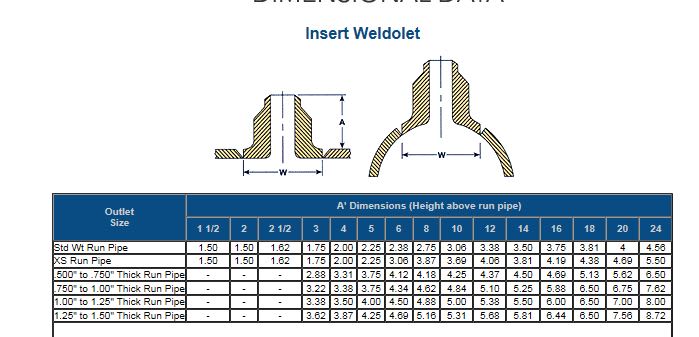insider79
Materials
- Nov 22, 2019
- 16
Hi experts, I am looking for some advise on on weldolets. The client line class specifies a weldolet for 72”x24” run-branch connection. Frankly speaking I have never such a big run size pipe nor such a size combination of weldolet. I’m wondering whether if it is a good idea to use a weldolet considering the challenges in welding. I’m thinking of designing a reducing tee or using pipe to pipe connection. I will talk to some manufactures too. What’s your take on this?
Regards
SH
Regards
SH

